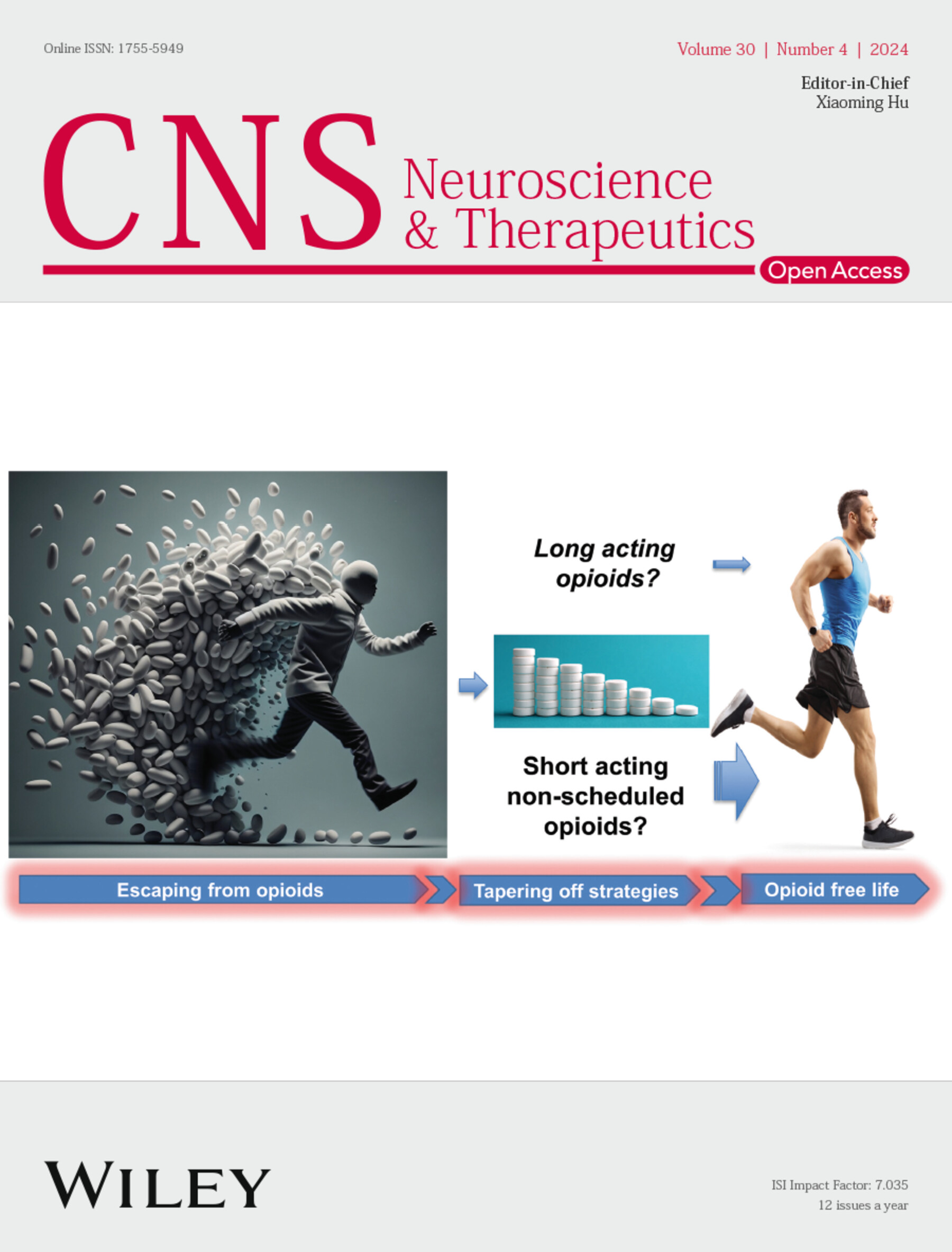Fronto-Parietal and Language Network Connectivity and Its Association With Gene Expression Profiles in Bipolar Disorder Before and After Treatment
Abstract
Background
The resting-state functional connectivity (FC) patterns of the fronto-parietal network (FPN) and language network (LN) underlying bipolar disorder (BD) are obscure. This study aimed to uncover abnormal FC patterns of FPN and LN underlying BD and their evolution following treatment.
Methods
Imaging data at rest state and clinical variables were acquired from 82 patients with BD (with 43 finishing the follow-up) and 88 healthy controls (HCs). Seed-based FC analysis was performed, and correlations between FCs and clinical variables were investigated with whole-brain multiple regression analyses. Furthermore, a neuroimaging–transcription spatial association analysis was conducted.
Results
At baseline, BD patients presented elevated FPN-LN and FPN–prefrontal gyrus FCs, and hyperconnectivity between the LN and bilateral thalamus, right angular gyrus (AG), and right cerebellum. Following 3 months of treatment intervention, there were decreased FCs between the FPN and left superior temporal gyrus (STG), left superior frontal gyrus (SFG), left insula, and bilateral middle temporal gyrus (MTG) (part of LN). Neuroimaging transcription analysis discovered genes correlated with FC alterations in BD.
Conclusions
Aberrant FC patterns of FPN and LN might be involved in the neural pathogenetic and therapeutic mechanisms of BD. We also provided potential genetic pathways underlying these functional impairments in BD.


 求助内容:
求助内容: 应助结果提醒方式:
应助结果提醒方式:


